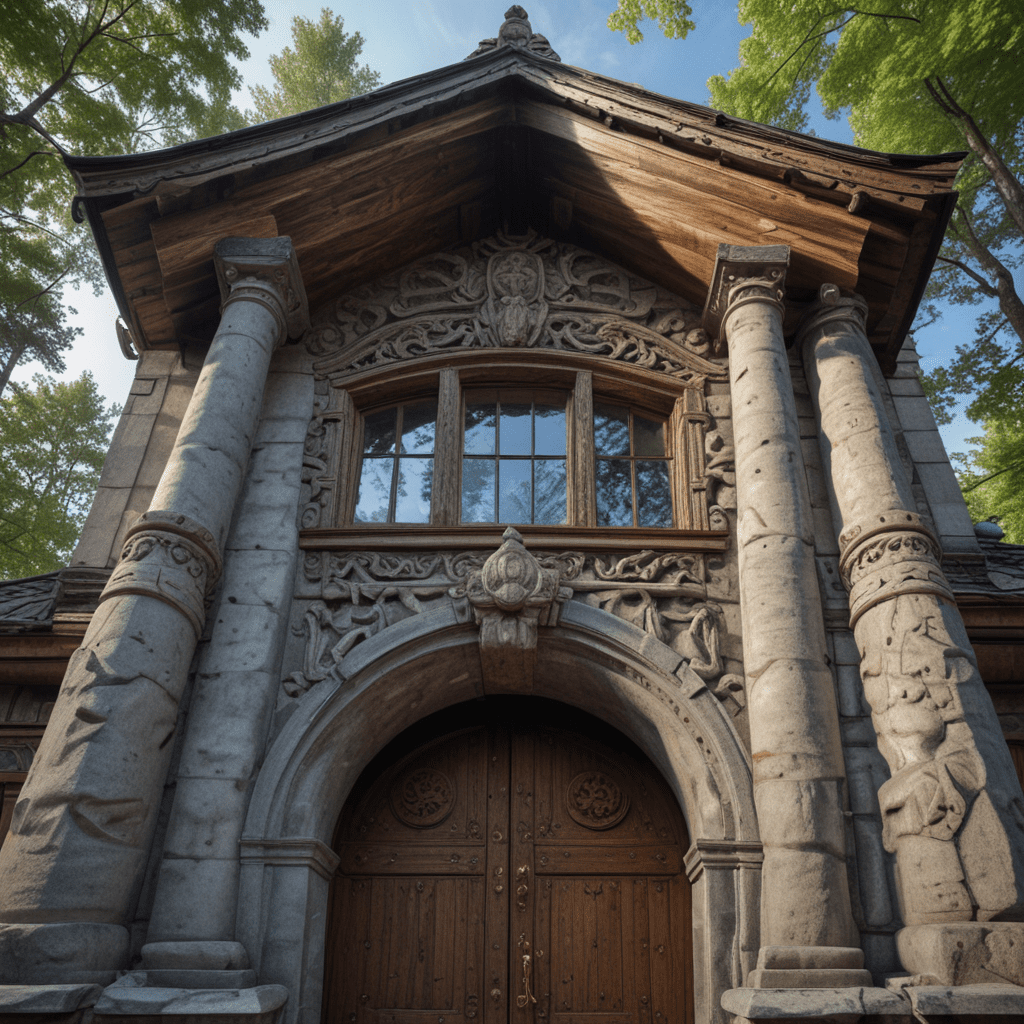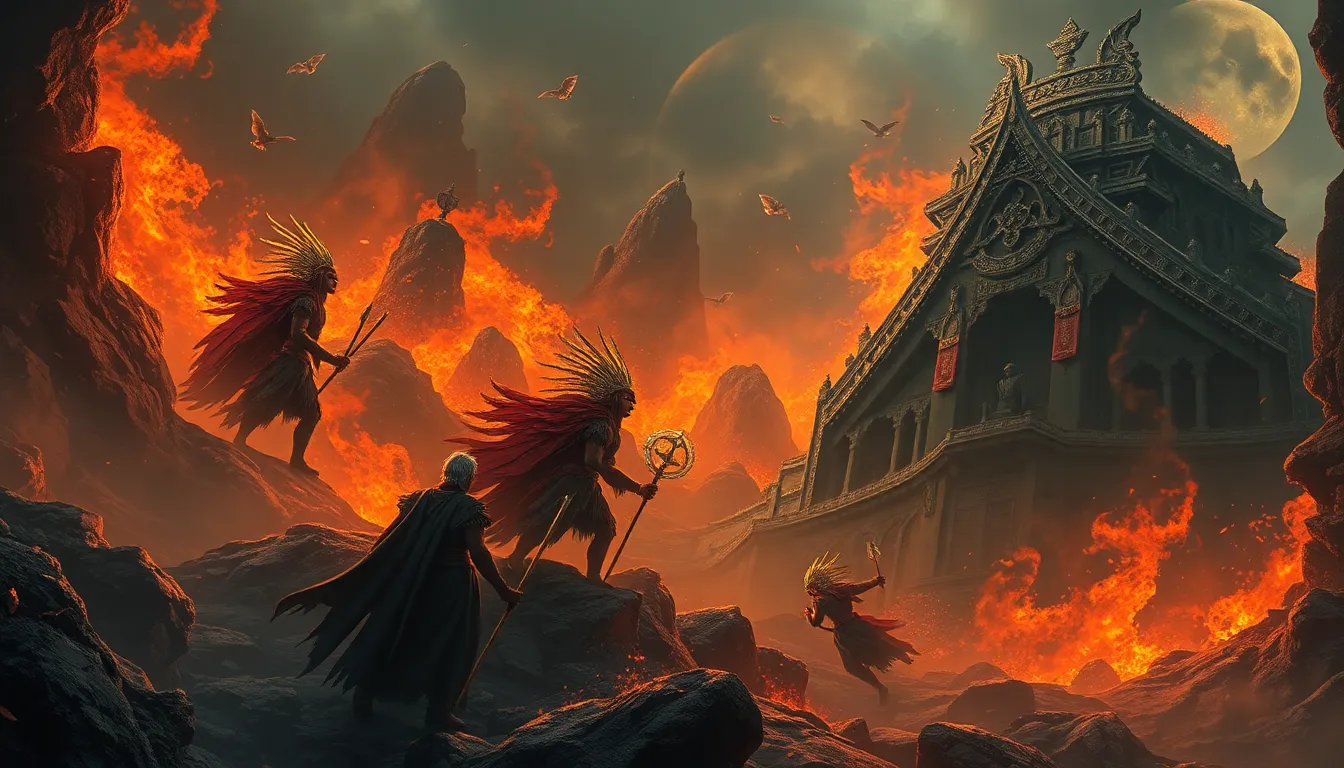1. Introduction
Finland, a nation steeped in cultural heritage, boasts a rich mythology that has profoundly influenced its architectural landscape. For centuries, Finnish mythology has provided a conceptual framework for shaping the built environment, imbuing structures with symbolic meanings and aesthetic allure.
2. The Importance of Mythology in Finnish Culture
Mythology holds a central position in Finnish identity. Ancient tales and legends passed down through generations have shaped the Finnish worldview, instilling a deep reverence for nature, the supernatural, and the unseen forces that govern the world. This reverence has manifested itself in the nation's traditional architecture.
3. The Influence of Nature on Finnish Mythology and Architecture
The Finnish landscape, with its vast forests, shimmering lakes, and rugged coastline, has played a pivotal role in shaping both Finnish mythology and architecture. The elements of nature are often personified in Finnish myths, and these personifications have influenced the design of traditional buildings.
4. The Role of the Supernatural in Finnish Mythology and Architecture
Finnish mythology is populated by a pantheon of gods, spirits, and mythological creatures. These supernatural beings have had a profound impact on Finnish architecture. Buildings were often designed to appease or honor these beings, and their forms and ornamentation reflect the beliefs and practices of the Finnish people.
5. The Motif of the Forest in Finnish Mythology and Architecture
The forest holds a sacred place in Finnish mythology. It is seen as a realm of mystery, magic, and danger. This perception has influenced the design of traditional Finnish buildings. Forest motifs, such as log walls, wooden shingles, and natural stone, are common features of Finnish architecture.
6. The Motif of Water in Finnish Mythology and Architecture
Water, in Finnish mythology, represents purity, renewal, and the boundary between the natural and supernatural realms. This perception has influenced the design of traditional Finnish buildings. Bodies of water, such as lakes and rivers, often feature prominently in the siting of villages and settlements. Buildings were often constructed near water sources for both practical and symbolic reasons.
7. The Motif of the Stone in Finnish Mythology and Architecture
Stone holds a significant place in Finnish mythology. It is seen as a symbol of permanence, strength, and the enduring spirit of the Finnish people. This symbolism has influenced the use of stone in traditional Finnish architecture. Stone was often used as a foundation material for buildings, and it was also used to create walls, fireplaces, and other structural elements.
8. The Influence of Finnish Mythology on Traditional Building Techniques
Finnish mythology has influenced not only the design but also the construction techniques used in traditional Finnish buildings. Buildings were often built in harmony with the surrounding environment, using materials that were readily available. The use of log construction, for example, reflects the abundance of forests in Finland and the belief in the protective power of trees.
9. The Influence of Finnish Mythology on Traditional Building Materials
The materials used in traditional Finnish buildings were often chosen for their symbolic significance as well as their practical properties. Wood, for example, was not only a readily available and durable building material but was also associated with the forest and its protective spirits. Stone, as mentioned earlier, was used for its strength and permanence.
10. The Legacy of Finnish Mythology in Contemporary Architecture
The influence of Finnish mythology on architecture continues to be felt in contemporary Finnish design. Many modern Finnish architects draw inspiration from traditional forms and motifs to create buildings that are both aesthetically pleasing and rooted in the nation's rich cultural heritage. This blending of traditional and modern elements creates a unique and distinctive Finnish architectural style.
FAQ
Q: What is the role of nature in Finnish mythology?
A: Nature holds a central position in Finnish mythology, with its elements often personified as gods and spirits. This reverence for nature has influenced the design of traditional Finnish buildings.
Q: How has water influenced Finnish architecture?
A: Water, seen as a symbol of purity and renewal in Finnish mythology, has influenced the siting and design of traditional Finnish buildings. Bodies of water often feature prominently in the landscape surrounding Finnish settlements.
Q: What is the significance of stone in Finnish mythology and architecture?
A: Stone, representing permanence and strength in Finnish mythology, has been used extensively in traditional Finnish architecture. It was often used as a foundation material and for constructing walls, fireplaces, and other structural elements.
Q: How has Finnish mythology influenced modern Finnish architecture?
A: Contemporary Finnish architects continue to draw inspiration from traditional forms and motifs to create buildings that are both aesthetically pleasing and rooted in the nation's cultural heritage.



